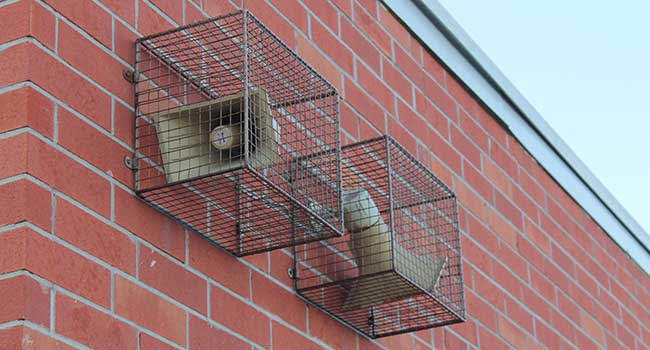
Arkansas District Upgrades Emergency Notification Systems
The Bentonville School District will be upgrading the emergency notification systems in most of its buildings as part of a project approved by the School Board on Monday.
- By Jessica Davis
- April 17, 2019
The Bentonville School District will be upgrading the emergency notification systems in most of its buildings as part of a project approved by the School Board on Monday.
The new systems will notify people in case of fire or smoke detection as well as weather emergencies and lockdowns. It can also be used as an intercom and a bell schedule.
Currently, the district’s schools have a mix of older notification, intercom and bell systems. According to director of facilities Paul Wallace, officials decided it would work best to upgrade all of the systems so every school is using the same equipment.
The district started looking at notification systems over a year ago. Wallace said a system was installed on a trial basis at West High School last fall, with some adjustments made in January.
The new notification systems are designed to improve the clarity of notifications and alarms. Superintendent Debbie Jones said there are currently parts of some buildings where a lockdown notification, for example, would not be heard at all.
Dunk Fire and Security will handle the work in three phases, beginning next month. It should be finished in early 2020.
Emergency notification system costs will vary by campus; from $6,652 at Sugar Creek Elementary School to $161,429 at Bentonville High School, based on a breakdown provided by the district. Two newer schools, Osage Creek Elementary and Creekside Middle School, are in their second year of operation and won’t require the upgrades.
About the Author
Jessica Davis is the Associate Content Editor for 1105 Media.